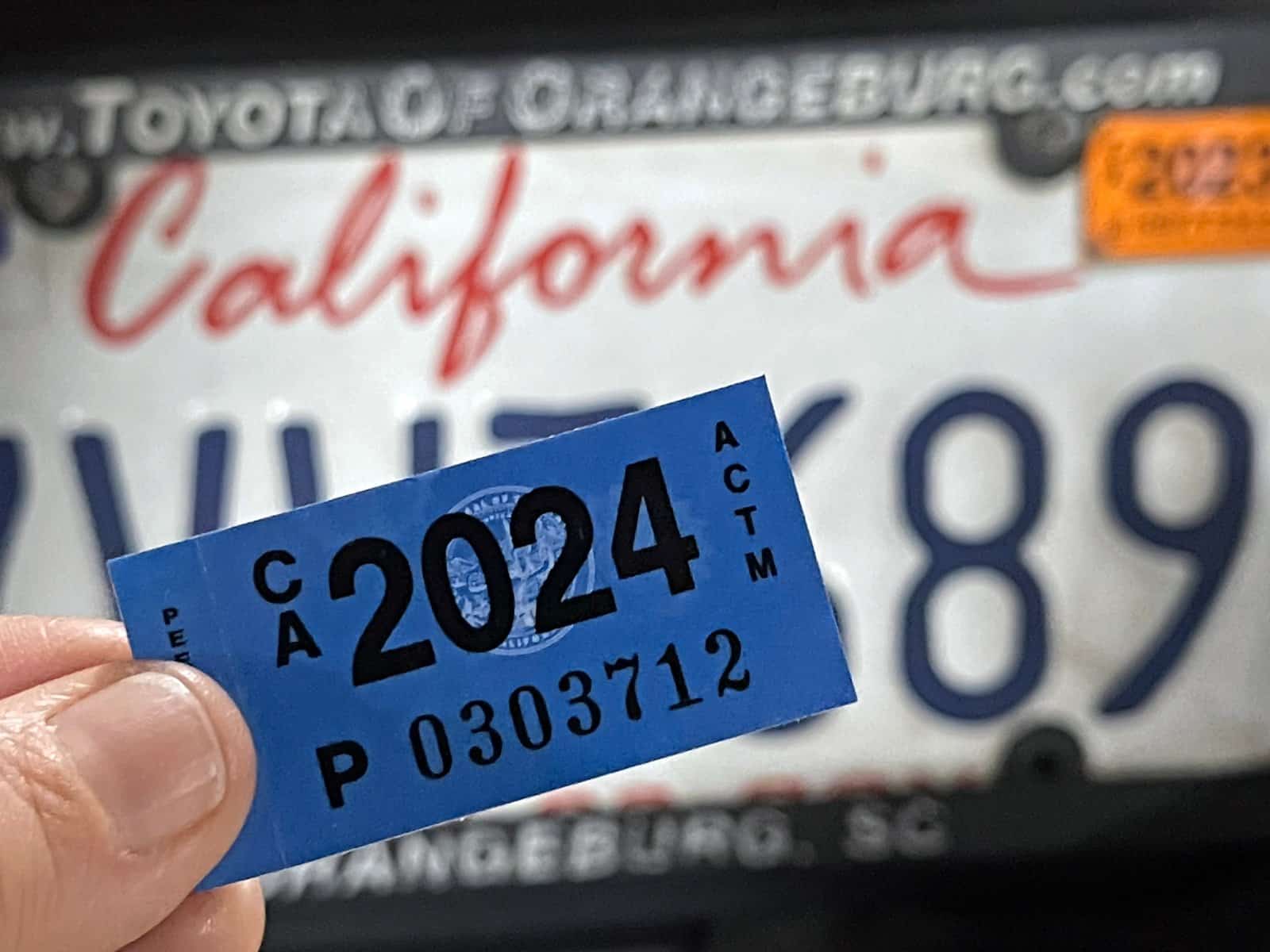Recent research now shows some of the worst effects of the Maui wildfires last year, which have left affected communities struggling and stricken with health and economic problems.
Eleven Months On

Last year the Hawaiian island of Maui was devastated by raging wildfires, which resulted in the death of dozens of residents and the destruction of the town of Lahaina on the northwest coast. But eleven months later, the fires are still affecting the local population.
New Report Comes Out

A new survey investigating the wildfire’s impact on “community health, well-being, and resilience” in Maui now shows that many residents are now suffering from food insecurity and serious health issues as a direct result of the fires., amongst other issues
679 People Surveyed

The study was conducted by researchers at the University of Hawaii Economic Research Organization and the John A. Burns School of Medicine in January and February. It surveyed 679 people, most of whom lived in Lahaina when the fires started.
Half Struggling With Food Insecurity

According to the key findings from the study, 47% of households are now dealing with low food security, a noticeably higher rate than those recorded in the area before the wildfires.
Have Experience Health Decline

As for physical health, 46% of participants reported an observable decline in health over the last year.
Risk of Cardiovascular Disease

A shocking 74% are now at higher risk of developing cardiovascular disease due to heightened blood pressure. 60% may now suffer from poor respiratory health. These outcomes are directly linked to “smoke, ash, and debris” exposure during the natural disaster.
Potential for Deterioration

While these health outcomes are shocking enough as is, researchers believe they “could deteriorate further if difficulties in accessing care and lack of health insurance are not addressed.”
Lack of Medical Access

Deterioration seems likely if the survey’s findings are accurate. Four in ten participants reported struggling to access medical care and medications, which has increased fourfold from the one in ten reported before the fires.
Low Federal Trust

The study also explored community resilience in Maui and Lahaina, showing that most participants had a higher level of trust in and dependence on community organizations rather than government agencies and FEMA.
More Considerations

It also looked at the wildfire’s impact on mental health, residential impact, employment, and income.
Anxiety and Financial Stress

Rates of depression and anxiety had increased among residents. 74% have also experienced a drop in household income, and 20% of people who lost their jobs due to the disaster are still unemployed 9 months later.
Half in Temporary Housing

The effect on housing in Maui is also concerning, with 56% of participants still living in temporary housing nearly a year on.
Deadliest in a Century

These concerning findings should come as no surprise after the town of Lahaina was virtually reduced to ashes. The wildfires were the deadliest seen in the US in over 100 years, killing 101 people.
Helping the Community Recover

Researchers described the study as something that could “help everyone understand how wildfires affect health, communities, and people’s lives. With this data, we can make better decisions and policies to help the community recover.”
Preventing Worst Effects

Researchers believe that a better understanding of how community members were affected by the natural disaster could help them prevent the worst effects of the fire.
Short-Term and Long-Term

By studying impacts now, we’re in a position to prevent short- and long-term conditions such as lung disease and cancer, which our population is already more susceptible to,” said Dr. Alika Maunakea, a professor and researcher for the report.
Preventing Further Tragedy

“We’ll hopefully be able to prevent this tragedy from compounding to higher mortality rates in the future, like we saw with other events like 9/11,” he added.
“Please See Your Doctor”

In the meantime, Maunakea and other researchers have urged participants and everyone affected by the fires to take care of their health. “There might be some problems that might manifest in the future,” he said. “Please see your doctor. Just pay more attention to your health because of this.”
Ten Years of Research Projected

The research team will continue to track and provide analysis of these lingering impacts following the wildfires for the next ten years.
Reaching Out to the Community

This recent report, released on Wednesday, is just the preliminary iteration, and researchers and organizers hope to reach out to around 2,000 people, which would represent 20% of the 10,000 reportedly affected.
23 Steep Taxes Adding to California Residents’ Burden

California: a place of sunshine, innovation, and, unfortunately, some of the nation’s highest taxes. From LA’s beaches to Silicon Valley’s tech hubs, residents grapple with a maze of state taxes. Here’s a glance at 23 taxes that might surprise both Californians and outsiders. 23 Steep Taxes Adding to California Residents’ Burden
Cash in on Nostalgia: 21 Toys Now Worth a Fortune

Time to dust off the boxes and find that once-cherished toy from your childhood. For collectors and enthusiasts, these items have become valued objects, and they can be worth big bucks – are there any of these in your attic? Cash in on Nostalgia: 21 Toys Now Worth a Fortune
Millennials Don’t Buy These 19 Products Anymore

Millennials are changing consumer habits, quietly replacing once-staple products and traditions. Often criticized for their disruptive preferences, this generation is reshaping the marketplace with digital expertise, ethical buying, and a taste for the unconventional. Millennials Don’t Buy These 19 Products Anymore
Featured Image Credit: Shutterstock / Zane Vergara.
The content of this article is for informational purposes only and does not constitute or replace professional financial advice.
